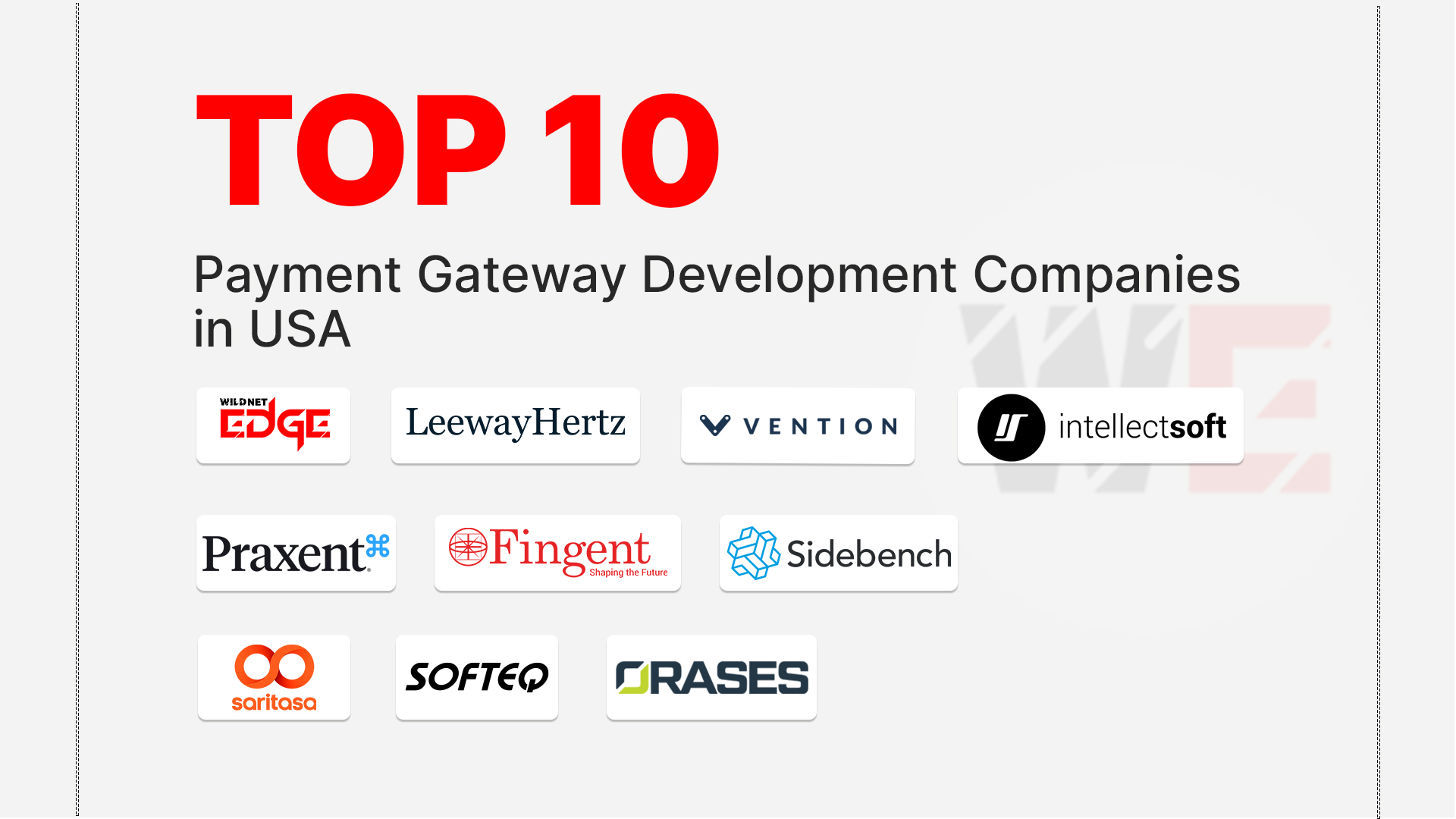In today’s fast-paced tech landscape, the demand for automation in DevOps is skyrocketing. Teams are continually challenged with optimizing processes while ensuring reliability and speed in software delivery. This raises the question: Is it time to upgrade your automation tools? In the debate of Terraform vs Ansible, both tools have carved out significant roles in the automation space, each capable of addressing specific pain points in DevOps workflows. As organizations transition to cloud-native architectures and seek efficiency through automation, understanding these tools becomes imperative.
Overview of DevOps Tools
Role of Automation in DevOps
Automation stands as the backbone of modern DevOps practices. By leveraging automation tools, organizations streamline their processes, reduce human error, and enhance productivity. Here’s why automation is crucial in DevOps environments:
- Streamlined Workflows: Automated processes eliminate repetitive tasks such as server provisioning and code deployment, allowing teams to focus on innovation.
- Faster Time-to-Market: Automation speeds up the CI/CD pipeline, promoting quicker releases and allowing businesses to respond rapidly to market changes.
- Consistency: Automated configurations ensure that environments are uniform, reducing the chances of bugs or deployment issues often caused by manual configurations.
- Efficient Resource Utilization: Through automation, resources are provisioned and managed without human intervention, optimizing cloud usage and minimizing waste.
To sum it up, automation not only saves time but also provides reliability and scalability, crucial for thriving in the competitive DevOps landscape.
Introduction to Terraform and Ansible
Terraform and Ansible are two of the most popular DevOps tools, each with unique functionalities that suit different tasks in the development lifecycle.
- Terraform: This tool, developed by HashiCorp, focuses on Infrastructure as Code (IaC). It allows users to define their infrastructure needs in a high-level configuration format, enabling the provisioning and management of resources on various cloud platforms.
- Ansible: In contrast, Ansible, created by Red Hat, specializes in configuration management and application deployment. Using a declarative language, Ansible simplifies the management of existing infrastructure, making it easier for users to enforce desired configurations and automate repetitive tasks.
Both tools can be integrated to cover a broad spectrum of automation needs, but knowing when and how to use each tool is key to optimizing DevOps operations.
Key Features of Terraform vs Ansible
Infrastructure as Code with Terraform
Terraform stands out with its Infrastructure as Code model, which allows users to provision and manage infrastructure using code. Key features include:
- Declarative Configuration Style: Users specify what the desired end state should be, and Terraform figures out how to achieve that. This removes the complexities of the process and makes infrastructure management straightforward.
- Resource Management: Terraform enables the management of vast infrastructures through its provider ecosystem, allowing integration with AWS, Azure, Google Cloud, and more.
- State Management: It uses a state file to keep track of resources, which allows changes over time to be easily managed and applied automatically.
For instance, an operations team can update infrastructure by merely modifying code, which Terraform recognizes and applies during its next run, drastically reducing downtime and errors.
Configuration Management with Ansible
In contrast to Terraform, Ansible excels in the area of configuration management. Important aspects include:
- Agentless Architecture: Ansible operates without needing a central server or agent installed on each machine, simplifying management and reducing overhead. It uses SSH to communicate with managed servers.
- YAML Syntax: Ansible playbooks are written in YAML, a human-readable language that is easy to learn and use, making it accessible for users with differing levels of technical expertise.
- Task Automation: Ansible can automate tasks like software installations, configurations, and updates across multiple servers simultaneously, ensuring consistency and saving time.
Consider a scenario where a new application configuration needs to be deployed across dozens of servers. With a single Ansible playbook command, the desired state can be enforced, ensuring every server has the same configuration and software versions.
Performance Comparison of Automation Tools
Speed and Efficiency: Terraform vs Ansible
When it comes to speed and efficiency, both Terraform and Ansible offer unique capabilities based on their design and intended use cases.
- Terraform: With its focus on provisioning, Terraform is optimized for infrastructure deployment and can quickly spin up resources in a matter of seconds or minutes, depending on complexity.
- Ansible: Ansible may take longer for extensive deployments due to the step-by-step nature of its configuration management processes. However, its parallel processing capabilities allow multiple tasks to be executed simultaneously, speeding up the total deployment time.
Real-world scenarios often highlight this difference. For an organization looking to spin up a new cloud environment, Terraform would complete this task fast, while Ansible may be preferable for managing and updating configurations across existing infrastructure.
Integration Capabilities
Integration plays a crucial role in the effectiveness of any DevOps tool. Both Terraform and Ansible boast strong integration capabilities.
- Terraform Integrations: Terraform easily integrates with various CI/CD tools like Jenkins, GitLab CI, and CircleCI, allowing for seamless infrastructure provisioning as part of the deployment pipeline.
- Ansible Integrations: Ansible can similarly integrate with CI/CD platforms, and its ability to work with configuration management and application deployment makes it an ideal fit in combination with Terraform.
A case in point is a CI/CD pipeline where Terraform provisions an entire infrastructure stack, and Ansible orchestrates the configuration of applications post-deployment. This blend optimizes the DevOps process from infrastructure provisioning to application delivery.
Use Cases for Terraform and Ansible
When to Use Terraform
Terraform shines in scenarios requiring robust infrastructure provisioning and management. Here are specific situations where Terraform is preferable:
- Creating Cloud Infrastructure: When an organization needs to establish a sophisticated cloud infrastructure quickly, such as launching multiple resource instances, Terraform excels due to its resource management capabilities and speed.
- Multi-Cloud Environments: For users working with multi-cloud architectures, Terraform allows a single configuration file to manage resources across different cloud providers.
For example, XYZ Corp needed to set up a multi-cloud strategy with AWS and Google Cloud. They adopted Terraform to manage this complexity, yielding consistent environments across their platforms.
Ideal Scenarios for Ansible
Ansible is best suited for situations focused on configuration management and automation of repetitive tasks. Consider these scenarios:
- Software Configuration: When teams need to deploy applications and configure operating systems, Ansible’s task automation simplifies multi-server configurations, ensuring all machines stay consistent.
A notable implementation involved ABC Technologies, which used Ansible to manage thousands of servers, achieving a seamless and fail-proof software deployment process.
Community and Support for Automation Tools
Ecosystem and Community Resources
Both Terraform and Ansible have extensive community support and resources:
- Terraform Community: HashiCorp maintains an extensive documentation library, and there’s a vibrant community forum. Users can find support through GitHub issues, community Slack channels, and numerous courses available online.
- Ansible Community: Ansible provides comprehensive documentation and has a large number of community tutorials available on GitHub and dedicated forums. It also boasts a rich set of modules through its Ansible Galaxy distribution.
These resources are invaluable for learning and troubleshooting, making both tools accessible to newcomers while supporting more advanced users as they scale their practices.
Learning Curve for Each Tool
When comparing the learning curves, users often find Ansible easier to grasp:
- Ansible: The straightforward YAML syntax allows new users to quickly create playbooks without deep technical knowledge, enabling faster onboarding for teams.
- Terraform: While Terraform is powerful, its declarative language can present challenges for beginners. However, once understood, its concepts provide immense flexibility and capability.
Online courses, both free and paid, are widely available for both tools, ensuring users can find structured learning paths tailored to their needs.
Cost Considerations of Terraform vs Ansible
Licensing and Costs Associated with Each Tool
Both Terraform and Ansible are open-source tools, but there are costs associated with enterprise versions:
- Terraform: Offers a cloud-based option through Terraform Cloud. While the open-source version is free, the enterprise version might incur costs based on the number of users, additional features, and support.
- Ansible: While Ansible itself is open-source, Red Hat Ansible Automation Platform provides a paid enterprise-level solution that expands capabilities significantly—again reflecting costs based on usage and support.
Organizations must evaluate these costs based on their use cases and growth phases.
Total Cost of Ownership
A critical aspect of implementing automation tools is understanding their total cost of ownership over time.
- Terraform: Investing in Terraform can pay off through reduced operational costs and resource savings. Businesses using Terraform report substantial reductions in deployment times and improved resource utilization.
- Ansible: With Ansible, organizations report similar savings by automating their configuration management and application deployments.
For instance, a large corporation that transitioned to both tools saw a 40% reduction in manual configuration errors, translating to millions saved annually through improved efficiency.
Conclusion
In the comparison of Terraform vs Ansible, both automation tools serve distinct yet complementary roles in the DevOps ecosystem. While Terraform excels in infrastructure provisioning, Ansible is the go-to for configuration management and application deployment. Ultimately, selecting the right tool hinges on understanding your organization’s unique needs and processes.
At Wildnet Edge, we are dedicated to helping you navigate these automation landscapes as a trusted authority on AI-first DevOps solutions. Assess your specific requirements carefully, and consider incorporating both tools to leverage their strengths for a more efficient DevOps workflow. Explore modern automation features that can propel your organization into the future.
FAQs
Q1: What is the main difference between Terraform vs Ansible?
Terraform is primarily focused on infrastructure provisioning, while Ansible is geared towards configuration management.
Q2: Which tool is better for DevOps automation: Terraform or Ansible?
The choice depends on specific needs; Terraform excels in infrastructure setups, whereas Ansible is best for configuration tasks.
Q3: Are Terraform and Ansible used together?
Yes, many organizations use Terraform for infrastructure and Ansible for configuration management together in their DevOps pipeline.
Q4: How does Terraform handle changes in infrastructure?
Terraform uses a state file to track resource changes, enabling automation of infrastructure updates through plans and applies.
Q5: Is Ansible more user-friendly than Terraform?
Many users find Ansible’s YAML syntax easier to learn, while Terraform’s declarative language may have a steeper learning curve.

Nitin Agarwal is a veteran in custom software development. He is fascinated by how software can turn ideas into real-world solutions. With extensive experience designing scalable and efficient systems, he focuses on creating software that delivers tangible results. Nitin enjoys exploring emerging technologies, taking on challenging projects, and mentoring teams to bring ideas to life. He believes that good software is not just about code; it’s about understanding problems and creating value for users. For him, great software combines thoughtful design, clever engineering, and a clear understanding of the problems it’s meant to solve.
 sales@wildnetedge.com
sales@wildnetedge.com +1 (212) 901 8616
+1 (212) 901 8616 +1 (437) 225-7733
+1 (437) 225-7733































